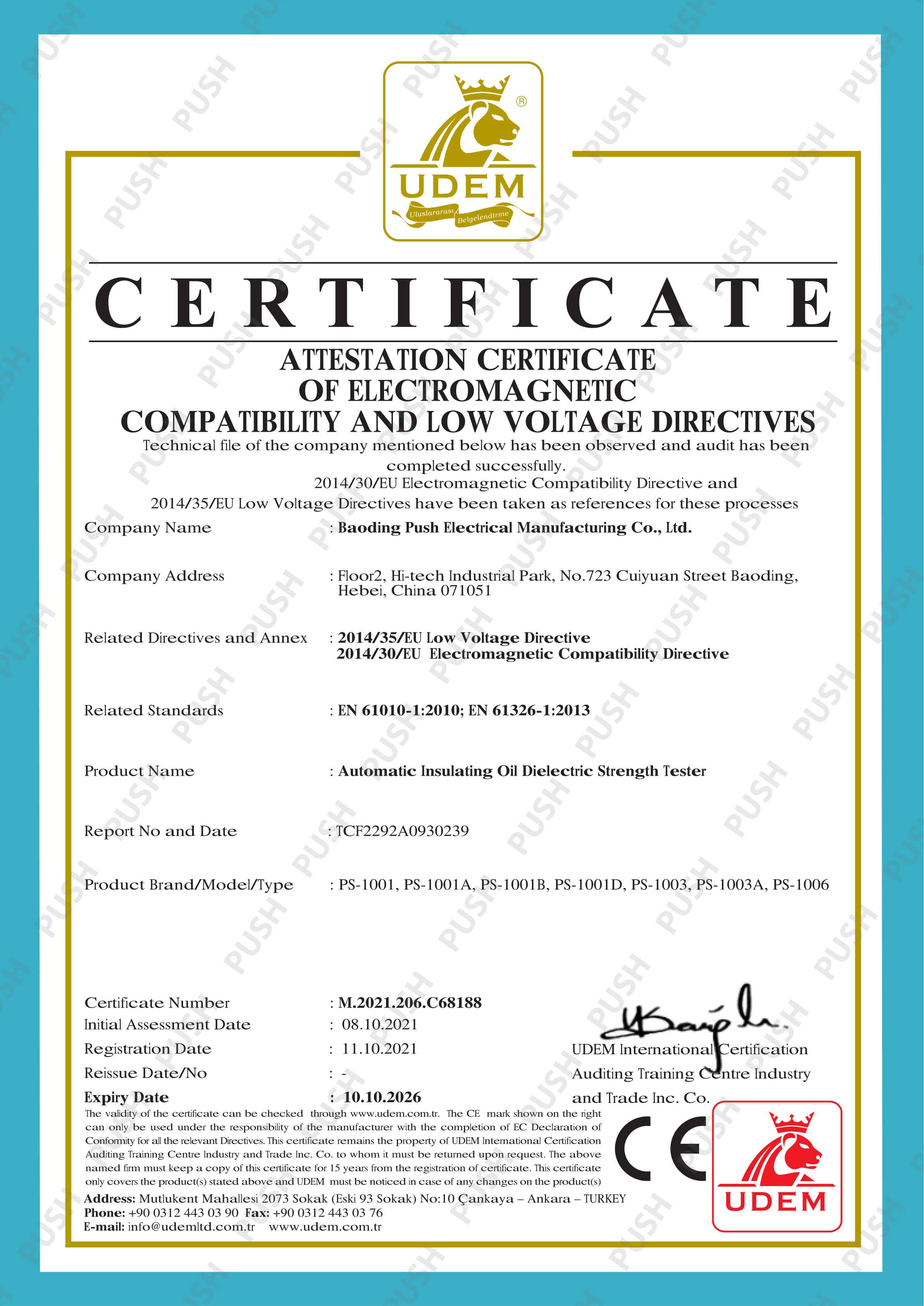 English
English


Understanding Fluid Viscosity Measurements with Advanced Viscometer Techniques and Applications
Understanding Viscometers Measuring Fluid Viscosity
Viscometers are essential instruments used to measure the viscosity of fluids. Viscosity is a crucial property that describes a fluid's resistance to flow, providing insights into its behavior and characteristics. This measurement is vital in various industries, including food and beverages, pharmaceuticals, petrochemicals, and even in scientific research. Understanding how viscometers work and their applications can help us appreciate their importance in both industrial processes and research.
What is Viscosity?
Viscosity can be defined as the thickness or internal friction of a fluid. It gauges how easily a fluid flows; for instance, honey has a higher viscosity than water. This property is temperature-dependent; as temperature increases, many fluids become less viscous. Viscosity is measured in units of pascal-seconds (Pa·s) or poise (P), where 1 P equals 0.1 Pa·s.
Types of Viscometers
There are several types of viscometers, each suited for different applications and types of fluids. Here are some of the most common types
1. Capillary Viscometers This type uses a thin tube through which the fluid flows. The time it takes for the liquid to travel a certain distance within the capillary is measured. Examples include the Ostwald and Ubbelohde viscometers, commonly used for Newtonian fluids (fluids with a constant viscosity).
2. Rotational Viscometers These devices measure viscosity by applying a torque to a spindle immersed in the fluid. The torque required to maintain a specific speed is directly related to the fluid's viscosity. This method is suitable for both Newtonian and non-Newtonian fluids (fluids whose viscosity changes with the rate of shear).
3. Cone and Plate Viscometers This type consists of a flat plate and a cone positioned above it with a very small gap between them. The fluid is placed in this gap, and the rotational movement of the cone provides a precise measurement of viscosity, making it ideal for very low-viscosity fluids.
viscometer

4. Falling Ball Viscometers Here, the viscosity is determined by timing how long it takes for a ball to fall through the fluid. The drag force on the ball as it moves through the liquid offers insight into the liquid’s viscosity.
Applications of Viscometers
Viscometers have wide-ranging applications across several industries
- Food Industry In the food industry, the viscosity of sauces, dressings, and other products is critical for quality control and ensuring the products meet specific texture and flow requirements. A consistent viscosity is crucial for maintaining product identity and consumer satisfaction.
- Pharmaceuticals The pharmaceutical industry uses viscometers to ensure the uniformity of drug formulations. Liquid medications must often have specific viscosities for proper dosing and bioavailability.
- Petrochemical Industry In this sector, viscometers are vital for studying the flow properties of oils and fuels. Accurate viscosity measurements ensure the efficient transfer and processing of these fluids.
- Cosmetics The cosmetic industry requires precise viscosity control to ensure products like creams and lotions have the desired texture and application properties.
Conclusion
Viscometers play a pivotal role in quality control and research across numerous industries. By providing accurate measurements of fluid viscosity, these instruments help manufacturers maintain consistency and quality in products. As technology advances, viscometers are becoming more sophisticated, offering enhanced precision and ease of use. Understanding viscosity and the devices used to measure it is essential not only for industrial applications but also for scientific studies exploring fluid dynamics and material properties. In a world where fluid behavior significantly impacts various processes, the significance of viscometers cannot be understated. Whether it’s ensuring the perfect texture of a gourmet sauce or the efficacy of a medication, viscometers serve as fundamental tools in the pursuit of quality and efficiency.
-
Differences between open cup flash point tester and closed cup flash point testerNewsOct.31,2024
-
The Reliable Load Tap ChangerNewsOct.23,2024
-
The Essential Guide to Hipot TestersNewsOct.23,2024
-
The Digital Insulation TesterNewsOct.23,2024
-
The Best Earth Loop Impedance Tester for SaleNewsOct.23,2024
-
Tan Delta Tester--The Essential Tool for Electrical Insulation TestingNewsOct.23,2024





